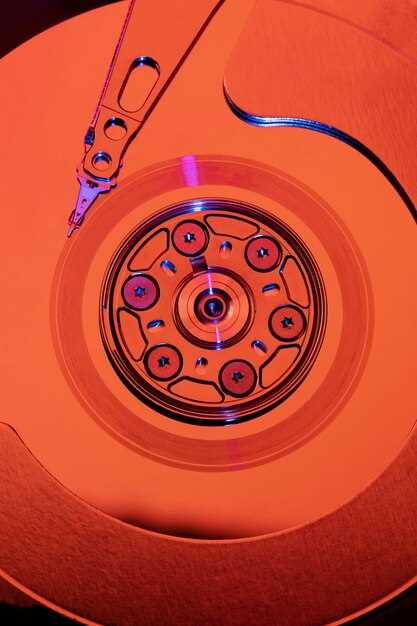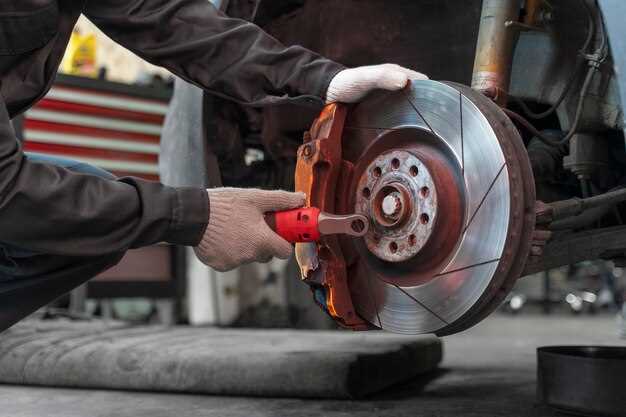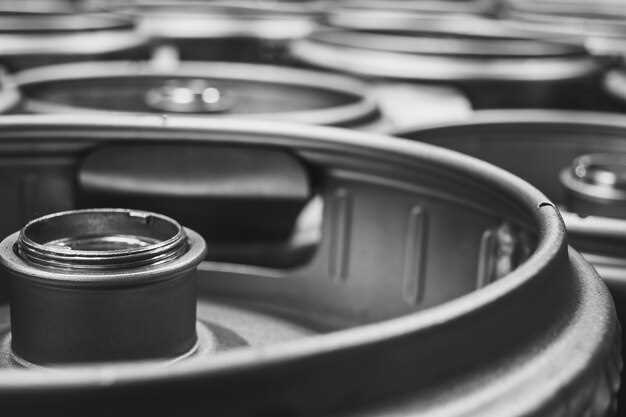
How to Choose the Right Rotors for Racing
- George Harris
- 0
- Posted on

When it comes to maximizing your vehicle’s racing performance, selecting the right rotors is essential. The braking system plays a critical role in a car’s ability to handle high speeds and sharp turns, making rotors a key component in achieving optimal performance on the track. With various materials, designs, and features available, it’s important to understand how each option can impact your vehicle’s overall capabilities.
Rotors are not just a basic part of the braking system; they directly influence braking efficiency, heat dissipation, and overall handling. Factors such as weight, thermal conductivity, and resistance to brake fade can significantly affect your racing experience. Understanding the differences between common rotor types–including vented, slotted, and drilled rotors–will help you make an informed decision tailored to your racing style and vehicle type.
Furthermore, the choice of rotor can also impact tire performance and wear, which is crucial during intense racing conditions. A well-matched rotor can enhance grip and stability, allowing for more aggressive cornering and acceleration. By delving into the specifics of rotor construction and performance characteristics, you can ensure that your vehicle is equipped to tackle the rigors of competitive racing while maintaining safety and responsiveness.
Understanding Rotor Materials and Their Impact on Heat Dissipation

The performance of racing vehicles heavily relies on the efficiency of their braking systems, and one critical component influencing this is the rotor material. Different materials exhibit varying capacities for heat dissipation, which affects braking performance, pad wear, and overall vehicle handling during high-stress conditions.
Common rotor materials include cast iron, carbon composite, and carbon-carbon. Cast iron is traditional and widely used due to its good thermal conductivity and ability to withstand high temperatures. However, it can become prone to warping under extreme heat, leading to inconsistent braking performance.
Carbon composite rotors, popular in higher-end racing, provide advantages in weight reduction and thermal stability. These materials have lower thermal expansion rates, which helps maintain rotor shape under extreme braking conditions. The ability to dissipate heat quickly prevents fade, allowing for more consistent performance lap after lap.
Carbon-carbon rotors are the pinnacle of rotor technology, often found in professional racing. They excel at heat absorption and maintain performance at extreme temperatures, making them ideal for vehicles that experience prolonged braking stresses. Their unique composition allows them to handle rapid temperature changes without compromising structural integrity.
Heat dissipation is crucial during racing as excessive heat can lead to brake fade, where the braking surface loses effectiveness, resulting in longer stopping distances and compromised driver control. Materials with superior heat dissipation capabilities can maintain performance by preventing the rotors from overheating and ensuring consistent contact with brake pads.
In conclusion, the choice of rotor material significantly impacts heat dissipation and, consequently, overall racing performance. Understanding these materials enables racers to select the best options tailored to their specific needs, enhancing both safety and effectiveness on the track.
Evaluating Rotor Size and Shape for Optimal Handling
When it comes to enhancing racing performance, rotor size and shape play a critical role in the overall handling characteristics of a vehicle. Larger rotors can provide increased brake force due to their greater surface area, which in turn improves thermal management. This results in reduced brake fade during intense racing conditions, allowing drivers to maintain optimal control during high-speed maneuvers.
However, it’s essential to balance rotor size with vehicle dynamics. Oversized rotors can add unnecessary weight and impact unsprung mass, which may adversely affect the car’s responsiveness. Therefore, finding the right size is crucial; a careful consideration of the vehicle’s weight distribution and intended use will optimize performance.
The shape of the rotor, including design features such as venting, can also influence braking efficiency and handling. Slotted or drilled rotors can enhance cooling and reduce the buildup of gases that may lead to brake fade. This design promotes more consistent pedal feel and performance, particularly under extreme racing conditions.
Moreover, the rotor’s shape can affect the airflow dynamics within the brake system. An aerodynamic rotor design can facilitate better cooling, consequently improving braking reliability during prolonged use. It’s important to assess how the rotor interacts with the caliper and pads, ensuring that there is no interference that could hinder performance.
Ultimately, evaluating rotor size and shape involves a comprehensive analysis of the vehicle’s specifications, the demands of the racing discipline, and the desired driving characteristics. Properly matched rotors can enhance both braking power and handling precision, contributing significantly to a racer’s competitive edge.
Comparing Different Rotor Types for Your Racing Style

Choosing the right rotor type is crucial for optimizing your racing performance, as each type offers distinct advantages depending on your racing style and conditions. Understanding these differences can help you make informed decisions that will enhance your overall experience on the track.
One of the most common types of rotors is the ventilated rotor. These rotors feature internal cooling vents, which allow for better heat dissipation during high-intensity racing. This characteristic is particularly beneficial for endurance racing where prolonged braking can lead to overheating and brake fade. If your racing style involves heavy braking sequences, ventilated rotors can provide consistently reliable performance.
In contrast, solid rotors are simpler in design and are often lighter than their ventilated counterparts. This type is typically used in situations where weight savings are essential, such as in time attack racing or drag racing. Solid rotors can deliver precise braking feel and are less prone to warping under extreme conditions. However, they may not handle heat as effectively, making them less suitable for longer races with extensive braking requirements.
Another option is carbon-carbon rotors, which are standard in higher-end racing applications. These rotors excel in high-temperature environments, maintaining performance without significant fade. They are ideal for professional racing series where consistent performance is paramount. However, their high cost and specialized maintenance needs may limit their use to serious competitors.
Composite rotors are an emerging option that combines benefits from various materials to enhance both durability and performance. They provide superior cooling and reduced weight compared to traditional materials. Ideal for drivers who want to optimize across various racing conditions, composite rotors facilitate a balance between performance and cost.
When comparing these rotor types, consider your racing environment, the duration of the race, and your braking style. If you race in a series where weight matters, solid rotors could be advantageous. Conversely, if your focus is on endurance racing, ventilated or carbon-carbon rotors may be the better choice. Ultimately, the right rotor will depend on your specific needs, taking into account both performance goals and budget constraints.
